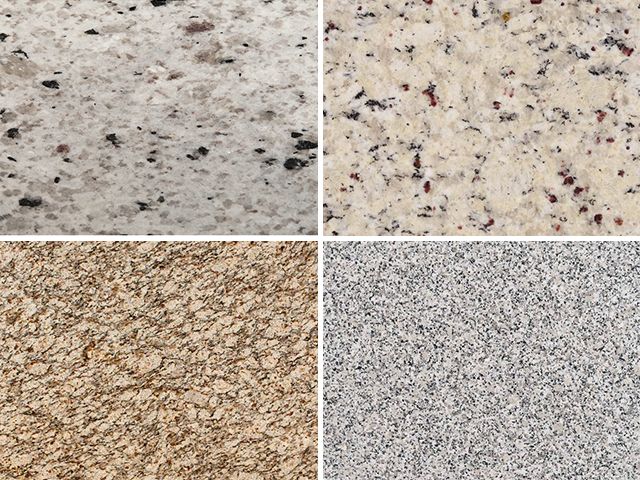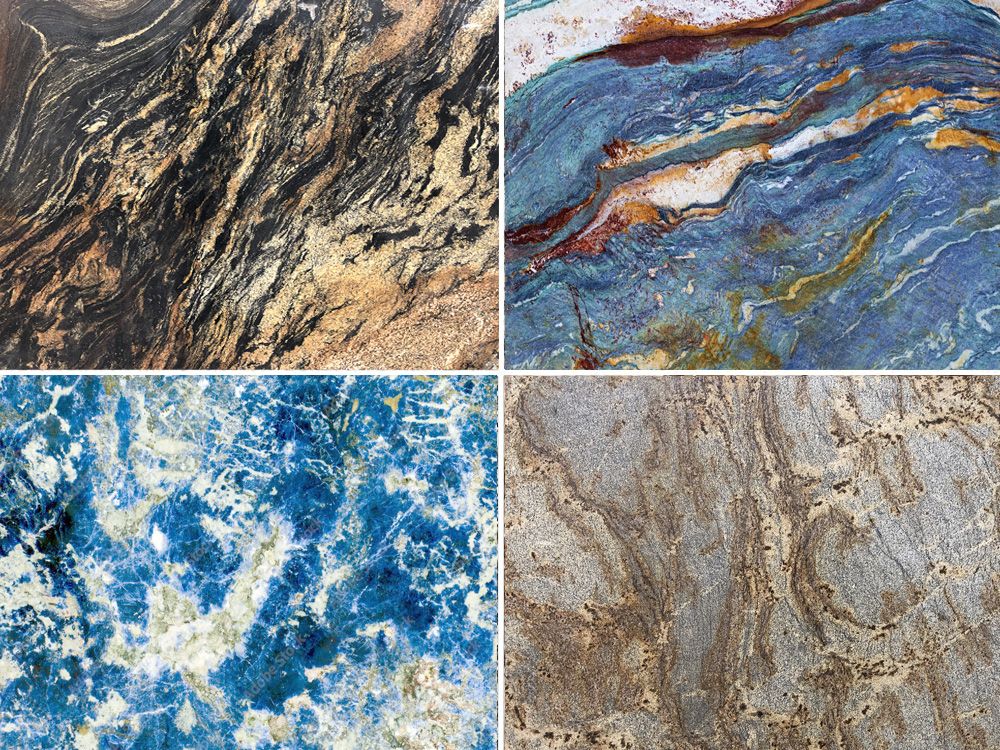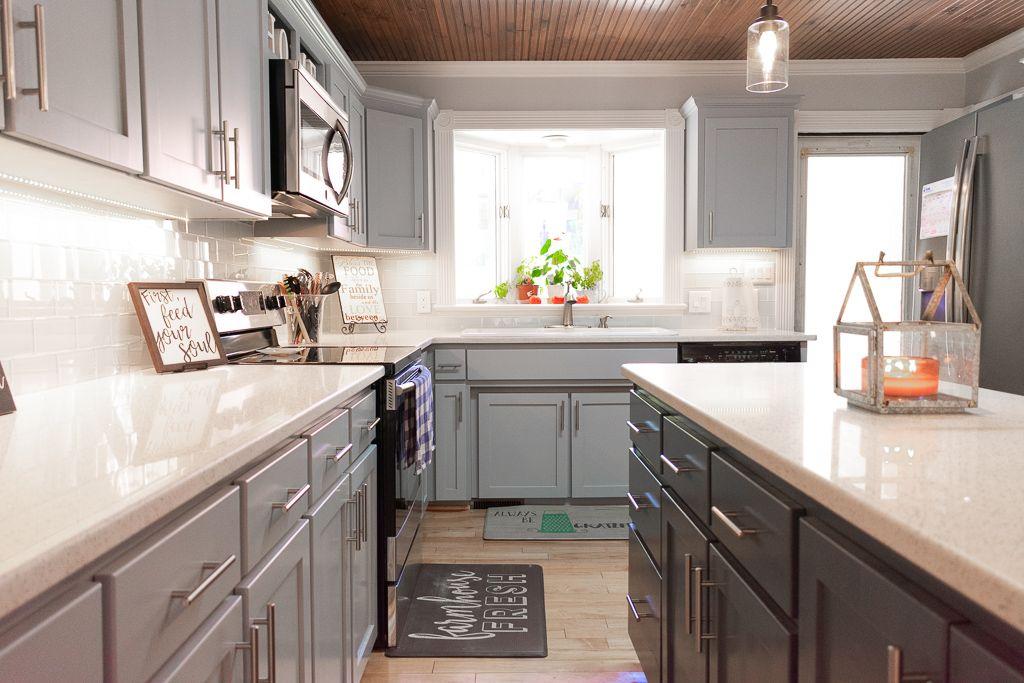Granite Grades Explained
East Coast Granite of Wilmington - October 17, 2023
One of the most common questions we get asked as a fabricator is “What are the different grades of granite.” Sometimes people ask specifically for “commercial or contractor grade granite countertops." Let's take a look at the difference between granite grades and levels and explain what you need to be aware of as a homeowner looking to upgrade your countertops.
Although commercial, builder or contractor grade countertops exist, few reputable granite fabricators sell those to homeowners. Lower quality granite is often prefabricated and used for apartments, prefab remodels or furniture. A low grade granite slab is a thinner cut, around 3/8 inch, and usually requires a piece of plywood backing for more strength. These granite slabs have a very simple pattern and common colors. Some may have noticeably different sections in the stone that do not match the other areas. Lower grade granite is usually imported from China and sold through granite liquidators, big box stores, or cut into tile.
The more common term you will hear as a homeowner shopping for granite countertops is level. A granite's level has nothing to do with the quality of the granite. A level 1 granite is the same quality as a level 8, what sets the two apart is the price. Granite level is determined by how rare and unique the stone is.
Although it is common to equate price to quality, for granite slabs, it is more a function of supply and demand. Level 1 granite will be more common, there will be more quarries that can supply that stone and therefore the price will be less than a stone that is rare with few places on earth where it can be found. Levels can go from one to as high as eight and nine. One being the lowest cost and nine the highest due to limited supply and expense to produce and import that stone.
Level 1 granite usually has a common pattern or “movement” as it is called in the industry, and more common colors like brown, cream or black. For many, the consistent color and pattern is appealing as apposed to other granites that have a busier look with big sweeping swirls and color changes. The fact that level one is also the least expensive also makes it a very popular choice in the home.
 Examples of Common Level One Granite Slabs
Examples of Common Level One Granite Slabs
Some of the rarest granites, often referred to as “Exotic Granite”, will also be the higher levels. These granite slabs have rarer minerals that seldom find their way into the natural stones formation. Red, green, and light blue granite is made up of different kinds of feldspar. They’re rather rare, often coming from specific quarries where conditions were right for these minerals to form. Natural pure white granite is also very rare.
Granite with a unique pattern can also increase the level and price of the slab. Granite is created by intrusive magma flow. This means that magma intruded on other rocks and minerals binding them into an extremely hard and uniquely grained composite rock formation. The size of the grains inside your granite are determined by how quickly the magma cooled while other minerals settled within the molten mass. This is what gives granite its unique look and why no two slabs will be identical. A pattern that nature created in only limited amounts and can only be found in one area will be a higher level and demand a premium price.
 Examples of Upper Level Granite Slabs
Examples of Upper Level Granite Slabs
As you can see there are many different levels of granite. The higher level granites can have uncommon colors and patterns. The level of granite can be determined by colors, veining. marking, rarity, and where it is quarried. Granite, no matter what level, brings a striking natural beauty that cannot be replicated by marble or quartz. Granite is highly resistant to scratches and chips, and is one of the hardest materials on Earth. A perfect choice for a kitchen countertop!

